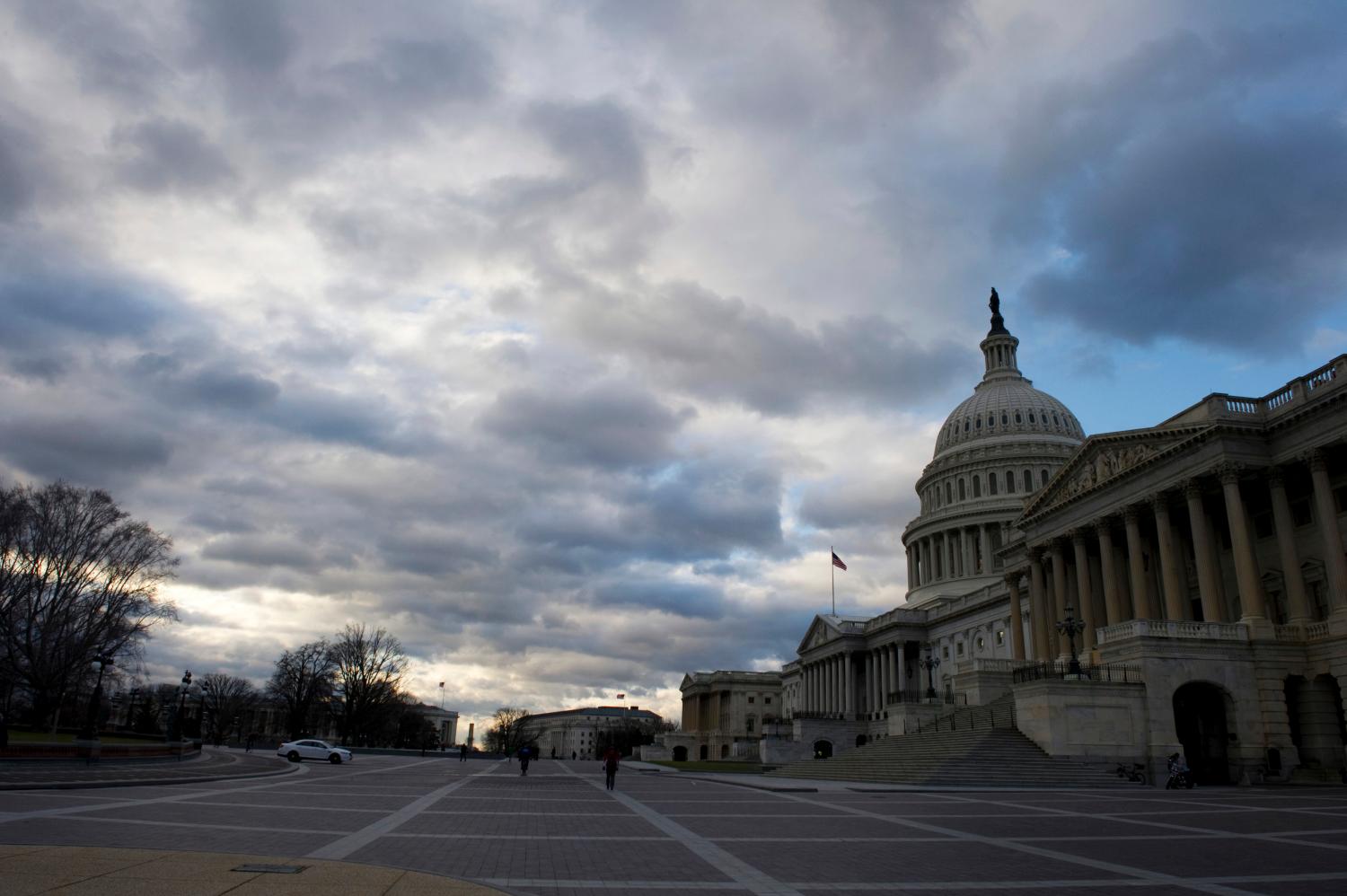In May, President George W. Bush travels to Moscow and St. Petersburg for his fourth summit meeting with Russian President Vladimir Putin. In the past year, Putin has made a number of compromises with America on key questions such as the United States’ withdrawal from the 1972 Anti-Ballistic Missile (ABM) Treaty and the presence of U.S. troops in Central Asia. As a result, American commentators have speculated about how many concessions Putin needs from the United States to placate his domestic critics and maintain the positive momentum of U.S.-Russia relations.
This discussion misses an important point. Putin’s foreign policy agenda is not defined by possible political trade-offs with the United States. Rather, it is being shaped by the monumental challenges the country continues to face in its transition from a totalitarian command-economy system to a free-market democracy. To complete that transition, Russia will have to make changes more radical and wrenching than those it made in the 1990s. But if it is ever to seriously undertake these changes, Russia needs to be assured of a stable international environment.
Putin believes that the greatest threat to strategic stability is American unilateralism. What he wants and needs right now is not a particular set of U.S. concessions to Russia, but instead assurance that the United States will act in a multilateral fashion—in concert with the rest of the international community—to ensure international stability and not simply to pursue its own national interests at the expense of others.
POLICY BRIEF #99
Putin’s Priorities…and Problems
Putin assumed the Russian presidency in January 2000 with a pledge to bring stability and order to Russia and begin a process of restoring the country to “greatness.” Throughout his short tenure he has enjoyed overwhelming support from nearly the entire political spectrum. Although his supporters differ in their visions of what a “great” Russia might be, they all endorse a set of middle-term objectives for the current leadership: it must unify society, stabilize the economy, and strengthen the state. They also agree that Russia needs a period of calm in order to rebuild. A critical component of this breathing space is a stable international environment.
Putin has made impressive progress in restoring domestic stability, using a variety of methods. He has pursued a program of careful and consistent administrative and economic reforms; co-opted potential political opposition where he could and quashed it where he could not; reined in recalcitrant regional governors; and reestablished the authority of the central government. Key to all of this has been a highly favorable economic situation. The country’s Gross Domestic Product grew by 9 percent in 2000 and 5 percent in 2001, making it possible for Russia for the first time in the post-Soviet era to balance its budget, pay its foreign debts on time, and free itself from the need for huge infusions of foreign financial assistance (and the outside interference in internal affairs such aid entailed).
This economic success has been due largely to two factors outside Putin’s control: the real depreciation of the ruble following the August 1998 financial crisis and an increase in world oil prices. Thanks to the cheap ruble, the economy was in full rebound by the time Putin became prime minister in August 1999. Rising world oil prices—from around $10 a barrel in December 1998 to a peak of around $33 a barrel in September 2000—provided an additional windfall. Every $1 increase in the price of a barrel of petroleum translates into as much as $1.5 billion of additional yearly budget revenues.
But the economic recovery that Putin inherited is now losing steam. Real profits in the economy declined precipitously in 2001. Industrial output is again shrinking in some sectors. Unemployment has been on the rise since last November. Small business continues to stagnate. And Russia, with its notorious “virtual economy,” still leads the world in the extent of barter with fully 23 percent of transactions between enterprises settled in nonmonetary form.
The roots of the slowdown lie in the limitations of the factors that brought the upswing in the first place: the once-cheap ruble has been steadily appreciating, and oil prices have declined. But more disturbing are the long-term limits to Russia’s greatest asset—energy. Although Russia briefly overtook Saudi Arabia as the world’s largest oil producer in February 2002, after years of declining production in the 1990s, Russian oil companies have still been unable to regain Soviet-era production levels. Russia’s gas fields, although extensive, will require huge domestic and foreign investment to develop and will need considerable expansion of infrastructure if Russia is to tap into potentially lucrative gas markets in Asia and Europe. Moreover, gas output has also declined in the last several years, raising questions of whether Russia will be able to meet its domestic demand—a critical issue in a country where gas subsidizes a vast portion of the economy that would otherwise be nonviable in the market environment.
Adding to the strain on the Russian economy is the conflict in Chechnya, which costs an estimated $2-3 billion a year— an amount equal to about half of all federal government spending on health and education. To this must be added the hidden costs of substantial casualties, both military and civilian, thousands of refugees, and the total destruction of Grozny— once one of the most livable cities in the Russian Federation and a major center of Russia’s oil industry— as well as of other urban centers. Finally, there are the evident social costs incurred from large numbers of traumatized former conscripts returning home to Russia’s regions without alternative employment and with no programs to assist their reintegration into their communities.
As costly as the war is, Putin appears to have concluded that ending it would demand even more resources, given the huge financial outlays required for reconstruction and political reconciliation. The current strategy, therefore, is to contain the situation—continue the war but minimize the casualties, the financial costs, and the public relations fall-out—in the hope that some kind of workable solution can eventually be found.
For Putin, the looming problems at home make it all the more important that Russia not be distracted by unforeseen events on the outside. Yet it is here, in ensuring stability in its external environment, that Russia appears least able to shape its own destiny. Although it has some leverage in international affairs through the legacy of its Soviet nuclear arsenal, its energy resources, and its increasingly influential oil and gas corporations, too many destabilizing factors are beyond Russia’s control. In Putin’s view, by far the most challenging factor is the United States.
The Brookings Institution is committed to quality, independence, and impact.
We are supported by a diverse array of funders. In line with our values and policies, each Brookings publication represents the sole views of its author(s).




